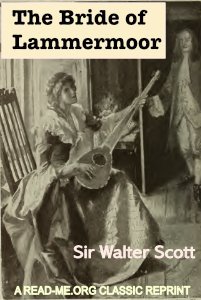By Joseph C. Lincoln. Designed and Edited with an Introduction by Colin Heston
Cap’n Warren’s Wards by Joseph C. Lincoln is a heartwarming and humorous novel set in a quaint Cape Cod town in the late 19th century. The story follows Captain Elihu Warren, a retired sea captain who has settled into a quiet life after years at sea. His peaceful routine is upended when he unexpectedly becomes the guardian of two orphaned siblings, Joseph and Ruth. These children, who have been raised in a more refined and urban environment, are suddenly thrust into the rustic and straightforward world of Cape Cod, creating a clash of cultures and expectations that fuels much of the novel’s charm and humor.
Captain Warren, though initially bewildered by the responsibility, approaches his new role with a mix of gruff kindness and genuine care. As he navigates the challenges of raising two young people, he finds his life enriched by their presence. Joseph is headstrong and idealistic, while Ruth is sensitive and intelligent, and both bring a new sense of purpose and vitality to the captain’s life. The novel explores their gradual adjustment to Cape Cod life, the bonds they form with the local community, and the personal growth they experience under the captain’s guidance.
The story is populated with a cast of colorful secondary characters, including the eccentric Aunt Lavinia and the mischievous Eben Salters, who add depth and humor to the narrative. Lincoln’s portrayal of small-town life is affectionate and detailed, filled with the rhythms of daily chores, community gossip, and the ever-present influence of the sea. The novel emphasizes themes of resilience, the importance of family—whether by blood or by choice—and the quiet heroism of everyday kindness.
As the characters face various trials and misunderstandings, they come to understand the value of simplicity, honesty, and love. Captain Warren, in particular, undergoes a transformation from a solitary figure to a beloved patriarch, discovering that the greatest adventures can sometimes be found not on the high seas, but in the hearts of those we care for. Lincoln’s storytelling is rich with Cape Cod dialect and atmosphere, offering readers a nostalgic and uplifting glimpse into a bygone era.
Read-Me.Org Inc. New York-Philadelphia-Australia. 2025. p.











